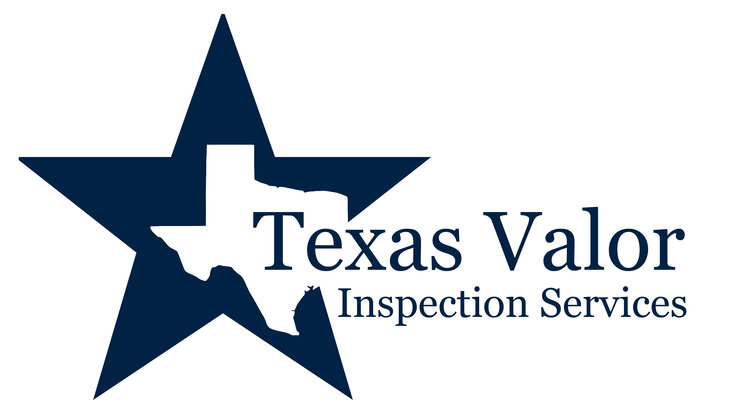As a business owner in the bustling Texas market, your commercial property is more than just a building—it's the foundation of your operations. Whether you're running a retail store in Austin, a warehouse in Round Rock, or an office in Leander, maintaining your asset's integrity is crucial for safety, compliance, and long-term value. At Texas Valor, we specialize in thorough commercial property inspections that uncover issues before they escalate into costly problems. In this post, we'll dive into the top five hidden hazards our inspectors frequently encounter, drawing from years of experience across the greater Austin area of the Lone Star State. Understanding these can help you stay proactive and avoid surprises.
1. Structural Integrity Compromises
One of the most critical yet often overlooked issues is structural damage. Commercial buildings endure heavy foot traffic, equipment loads, and Texas's extreme weather—from scorching summers to occasional floods. Cracks in foundations, sagging roofs, or weakened load-bearing walls might stem from poor initial construction, soil shifts, or neglected maintenance. During an inspection, we use advanced tools like thermal imaging to detect hidden moisture that could lead to corrosion in steel frames. Ignoring these can result in catastrophic failures, endangering occupants and inviting liability lawsuits. Tip: Schedule bi-annual checks, especially after severe storms, to catch early signs.
2. Electrical System Deficiencies
Outdated or overloaded electrical systems are a fire waiting to happen. In older commercial properties, we commonly find frayed wiring, insufficient grounding, or panels not up to current codes. With the rise of energy-intensive tech like EV charging stations and data centers in Texas, these systems are pushed to their limits. Inspections reveal hazards such as arc faults or improper installations that could cause outages or fires. According to the National Fire Protection Association, electrical failures account for thousands of commercial fires annually. Upgrading to modern, code-compliant systems not only enhances safety but can also reduce insurance premiums.
3. Plumbing and HVAC Failures
Leaky pipes, clogged drains, or inefficient HVAC units might seem minor, but they can lead to major disruptions. In humid Texas climates, mold growth from undetected leaks is a silent killer for indoor air quality. Inspections often uncover corroded pipes in restrooms or kitchens, or HVAC systems with refrigerant leaks that spike energy bills. Poor ventilation can also violate OSHA standards, affecting employee health. Regular inspections help identify these issues early, ensuring compliance with local regulations and preventing downtime that could cost your business thousands.
4. Roofing and Exterior Vulnerabilities
Texas weather is unforgiving—hailstorms, high winds, and intense UV exposure accelerate roof wear. Common findings include missing shingles, ponding water, or deteriorated flashing that allows water intrusion. Exterior inspections might reveal siding cracks or foundation erosion from poor drainage. These issues not only compromise energy efficiency but can lead to interior damage like damaged walls or electrical shorts. Investing in drone-assisted roof inspections, as we do at Texas Valor, provides a comprehensive view without risking safety.
5. Accessibility and Code Compliance Gaps
Finally, non-compliance with ADA standards or local building codes is a frequent pitfall. Ramps that are too steep, inadequate signage, or missing handrails can result in fines or lawsuits. As Texas grows, evolving codes for energy efficiency and sustainability add layers of complexity. Inspections ensure your property meets these requirements, from fire exits to energy audits, safeguarding against legal headaches.
In conclusion, commercial property inspections are an essential investment in your business's future. By addressing these top hazards, you can minimize risks, extend your building's lifespan, and boost its market value. At Texas Valor, our certified inspectors provide detailed reports tailored to Texas's unique challenges. Don't wait for a problem to arise—contact us today for a consultation. Stay vigilant, Texas entrepreneurs!





















